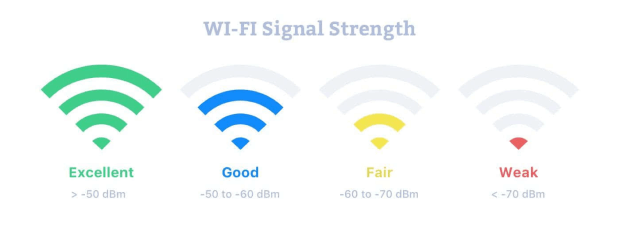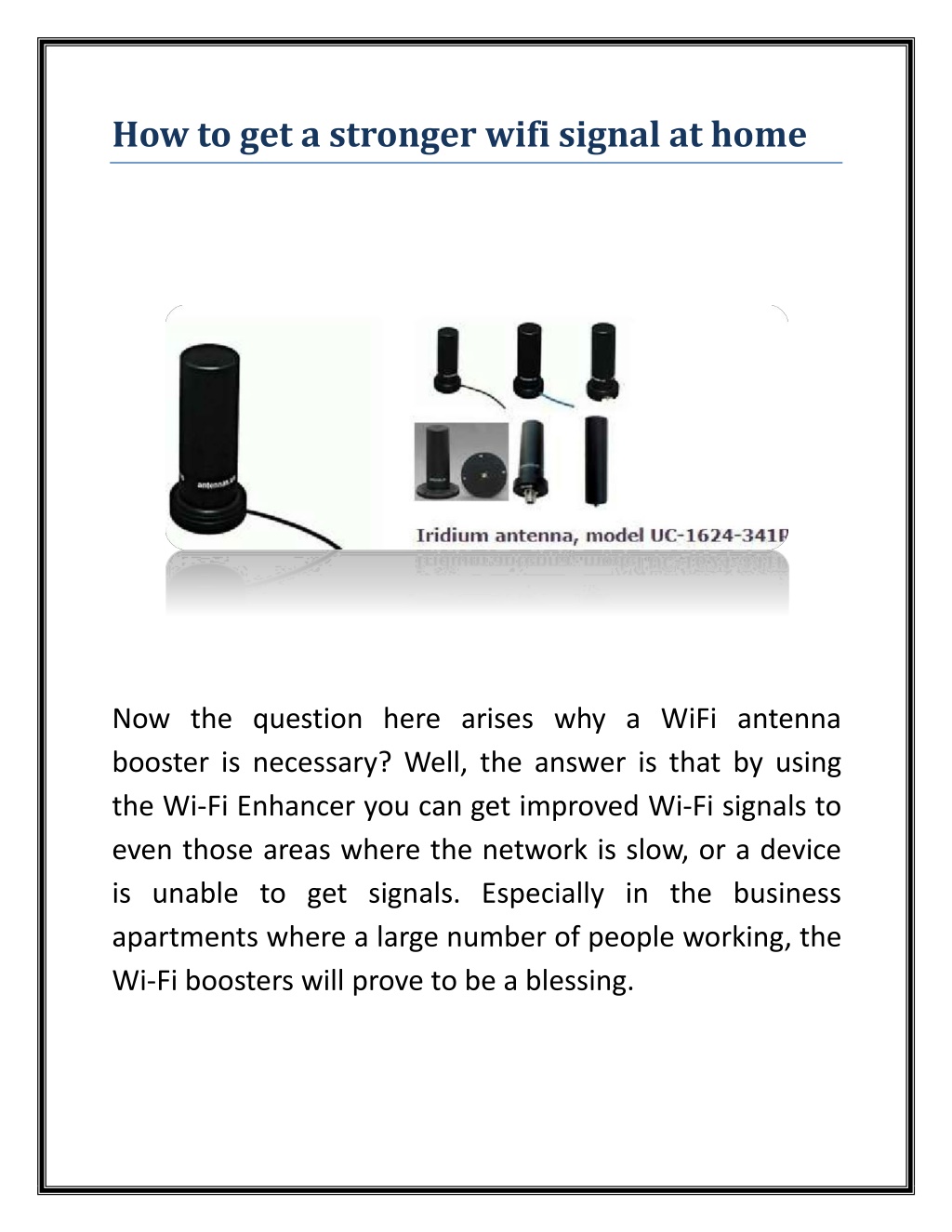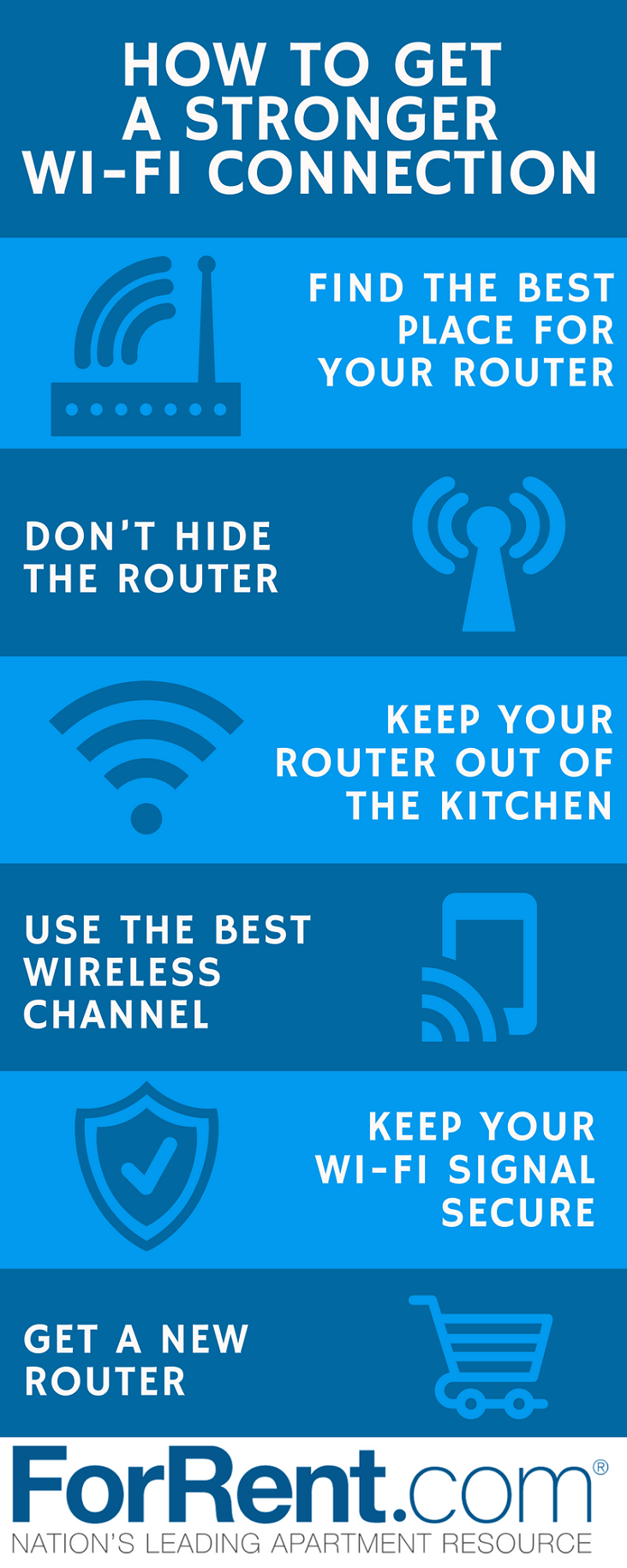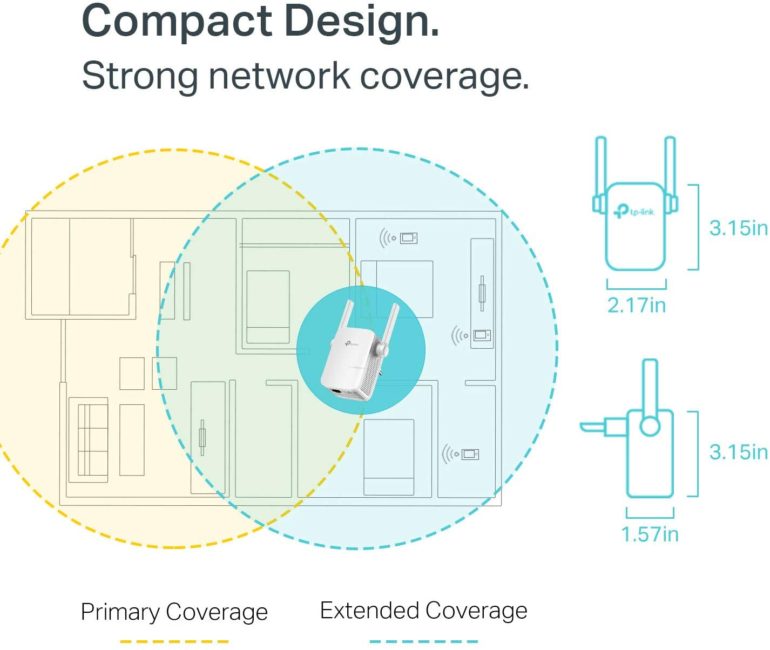How To Receive Stronger Wifi Signal

In today's hyper-connected world, a stable and strong Wi-Fi signal is no longer a luxury, but a necessity for everything from remote work and online learning to streaming entertainment and staying connected with loved ones. Frustration mounts when buffering videos, dropped video calls, and sluggish download speeds become the norm.
Fortunately, improving your Wi-Fi signal strength is often achievable with a few strategic adjustments and informed decisions. This article will explore practical steps and solutions to optimize your wireless network performance, addressing common pain points and empowering you to take control of your digital experience.
Understanding the Fundamentals
Before diving into solutions, it's crucial to understand factors influencing Wi-Fi signal strength. These include router placement, interference from other devices, the type of router, and the physical characteristics of your home. Walls, metal objects, and even microwave ovens can significantly weaken signals.
Optimizing Router Placement
Router placement is paramount. According to TechRadar, positioning your router in a central, elevated location minimizes obstructions and maximizes coverage throughout your home.
Avoid placing it near walls, metal objects, or electronic devices that can cause interference. Experiment with different locations to find the optimal spot for signal distribution.
Minimizing Interference
Many common household devices operate on the 2.4 GHz frequency band, the same frequency used by older Wi-Fi routers. This can lead to significant interference.
Consider upgrading to a dual-band router that supports the 5 GHz band, which experiences less congestion and offers faster speeds. Consumer Reports frequently recommends dual-band routers for improved performance.
Bluetooth devices, microwave ovens, and cordless phones are notorious culprits. Try moving these devices away from your router or using the 5 GHz band for your Wi-Fi network if possible.
Router Hardware and Firmware
An outdated router can be a bottleneck, limiting your network's performance. Check your router's specifications and compare them to current standards like Wi-Fi 6 (802.11ax) for potential upgrades.
Regularly updating your router's firmware is also critical. Firmware updates often include performance enhancements, security patches, and bug fixes, as highlighted by the Federal Communications Commission (FCC).
Extending Your Wi-Fi Coverage
For larger homes or areas with poor signal penetration, Wi-Fi extenders or mesh Wi-Fi systems provide effective solutions. Wi-Fi extenders rebroadcast the existing Wi-Fi signal, while mesh systems create a unified network with multiple access points.
Mesh systems offer seamless roaming and often provide better overall performance. Several reputable tech sites, like Wirecutter, offer comprehensive reviews of the best mesh Wi-Fi systems on the market.
Advanced Troubleshooting
Sometimes, the problem lies within your devices. Ensure your computer, smartphone, or tablet has the latest operating system updates and Wi-Fi drivers.
These updates often include performance improvements and bug fixes related to Wi-Fi connectivity. Consider running a network speed test to gauge your internet speed and identify any potential discrepancies between your plan and actual performance.
If problems persist, contacting your Internet Service Provider (ISP) for support is advisable. There may be issues with their equipment or service in your area.
Conclusion
Boosting your Wi-Fi signal strength is a multifaceted process that requires understanding your specific environment and needs. By implementing these practical tips, from optimizing router placement to upgrading hardware, you can significantly improve your wireless network performance and enjoy a more seamless and reliable online experience.
Investing time in troubleshooting and optimizing your Wi-Fi can lead to greater productivity, less frustration, and a more enjoyable experience for everyone in your household.


















